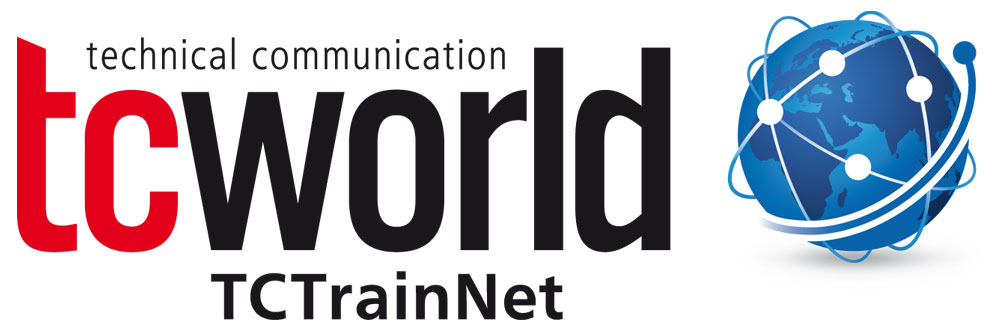Continued from Part 1:
- Persona Method: Description of fictional personalities. In doing so, you establish the skills, desires, activities, intentions, expectations and others in the form of a personal description. You use personas further as roles, assigning them to various product-specific target groups. A variety of assignment options is created. You can use this method in different planning phases.
- Sinus-Milieus®: A social target group model that groups people by their values and way of life. In this, aspects such as level of knowledge, behavior, value preservation and social environment are involved. You can use the Milieus in different planning phases to fine-tune target group descriptions.
- Who-Does-What Matrix (WDWM): Combination in tabular form of target groups and typical work on and with the product. You can derive typical work in the case of software from its functions, in the case of a machine from the required contents in the standard ISO 12100. From the WDWM, you can derive chapter structure and target group-specific text types. Use this method to form a structure at the end of a target group analysis, i.e. in an early planning stage.
It is fundamentally helpful to first research the product and its functions, as well as the normative and legal requirements, before the target group analysis!



